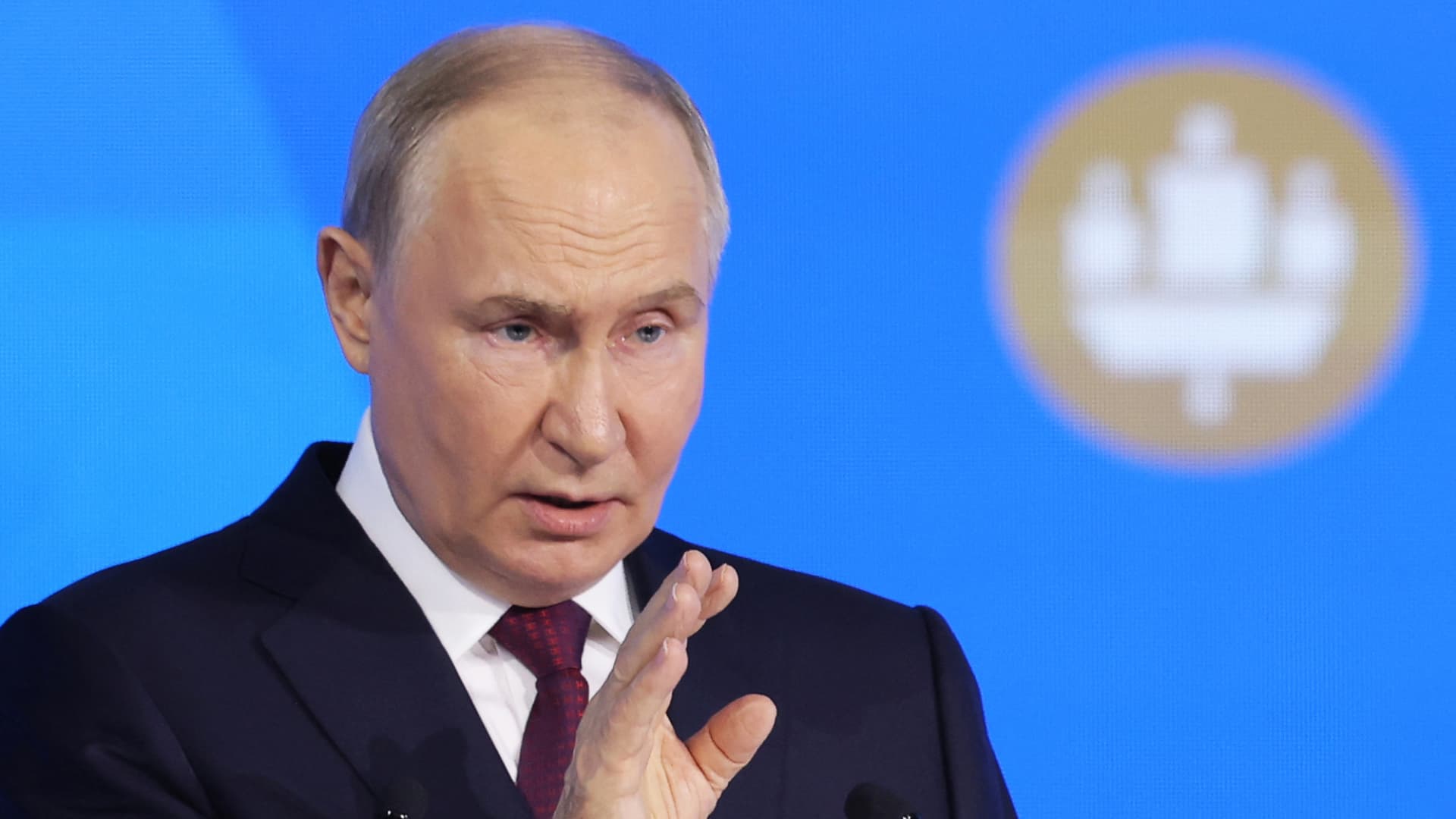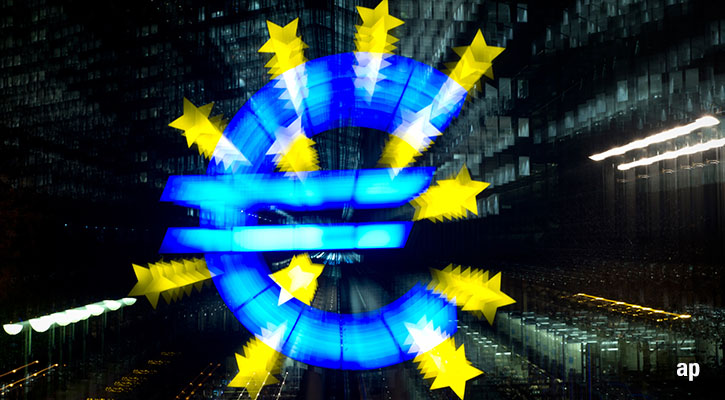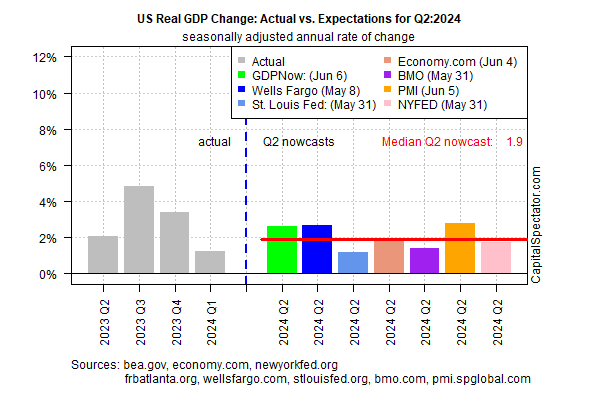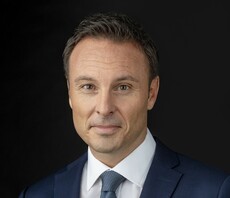Speaking at the St. Petersburg International Economic Forum (SPIEF), Putin said countries “friendly to Russia” were the ones that deserved special attention. He added that Russia would seek to boost the share of settlements conducted in the currencies of BRICS countries, referring to an economic coalition of emerging markets which includes Brazil, Russia, India, China and South Africa. Putin said payments for Russian exports in “so-called ‘toxic’ currencies of non-friendly states” had halved over the last year. Russia’s President Vladimir Putin gestures as he delivers a speech during the Saint Petersburg International Economic Forum (SPIEF) in Saint Petersburg on June 7, 2024. Anton Vaganov | Afp | Getty Images
Russian President Vladimir Putin said on Friday that nearly 40% of the country’s trade turnover is now in rubles as the share conducted in dollars, euros and other “non-friendly” Western currencies has fallen away.
Speaking at the St. Petersburg International Economic Forum (SPIEF), Putin said countries “friendly to Russia” were the ones that deserved special attention as they will define the future of the global economy, “and they already make up three-quarters of our trade volume.”
He added that Russia would seek to boost the share of settlements conducted in the currencies of BRICS countries, referring to an economic coalition of emerging markets which includes Brazil, Russia, India, China and South Africa.
Putin said payments for Russian exports in “so-called ‘toxic’ currencies of non-friendly states” had halved over the last year.
“With that, the share of the ruble in import and export operations is increasing, now standing at almost 40%,” Putin said, according to a translation.
Russia’s president detailed plans for a major overhaul of the country’s domestic financial market, including plans to double the value of the Russian stock market by the end of the decade, reduce imports and boost investment in fixed assets.
His comments come as the Kremlin leverages SPIEF to court new relationships with countries in Asia, Latin America and Africa.
The West has sought to cut off Russia’s $2 trillion economy in response to Moscow’s full-scale invasion of Ukraine in February 2022. Yet Russia’s economy is expected to grow faster than all advanced economies this year, despite several rounds of international sanctions.
In its World Economic Outlook in April, the International Monetary Fund said it expected Russia to grow 3.2% in 2024,






